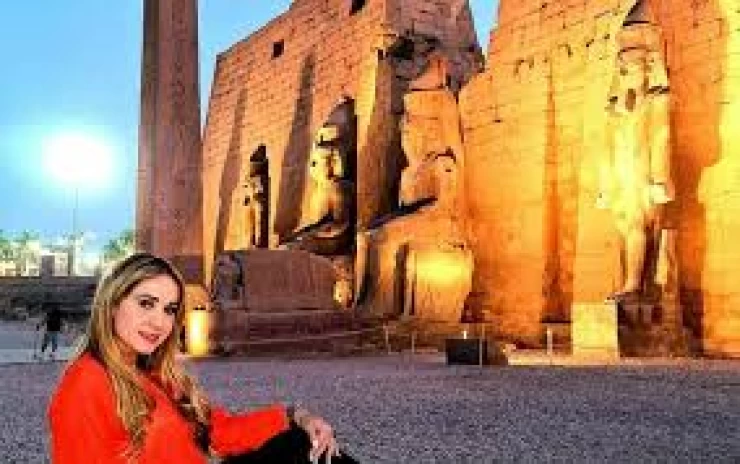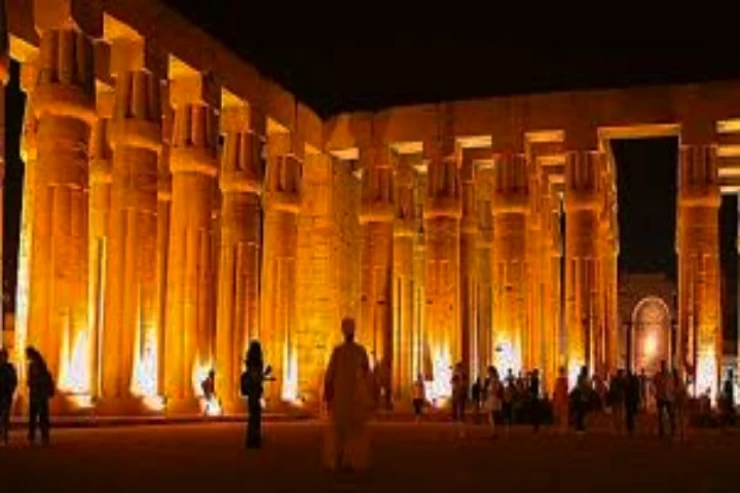Our trip starts from Sharm el-Sheik, where we take care of everything until you arrive at the cruise and help you check in after that, we start our tour.
Many of the temple's inscriptions were purposefully erased, and the temple was transformed into a church following the Byzantine Emperor Justinian I's edict to close all pagan temples (527–565). Next was the final dated hieroglyphic inscription, dated to the late fourth century AD (394 AD) and carved by Ismet-Akhom, the priest of Isis.
When the Aswan High Dam was built in the 1960s, 22 historic sites, including Philae Island and its temples, were in risk of flooding. Even though Philae was completely inundated, UNESCO and the Egyptian government at the time worked diligently to destroy the Temple of Isis and rebuild it on higher ground some 550 meters northeast of its original location on Agilkia Island. Today, we'll take you to see the Philae Temple and the High Dam up close.
The idea began with the July Revolution of 1952, as the Egyptian state moved toward development following its liberation from British colonialism.
Adrian Daninos, an Egyptian engineer of Greek descent, proposed to the Revolutionary Command Council the construction of a huge dam close to Aswan in order to collect the flood of the Nile, store its water, and produce energy.
Studies began that same year by the Egyptian Ministry of Public Works (now the Ministry of Irrigation and Water Resources), and the final design, specifications, and terms of construction were approved in 1954.
A fourth of the dam's cost was covered by World Bank assistance in 1955, but the offer was rescinded the following year because of "colonial pressure."
Egypt and Russia (previously the Soviet Union) inked a deal in 1958 that gave Egypt a 400 million ruble loan to build the dam's initial phase. The next year, 1959, Egypt and Sudan signed a deal to share the dam's reservoir water.
Meals: Lunch, Dinner
























